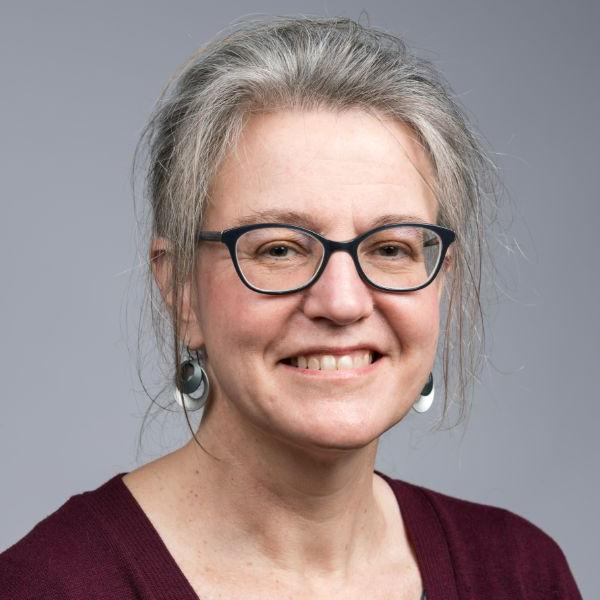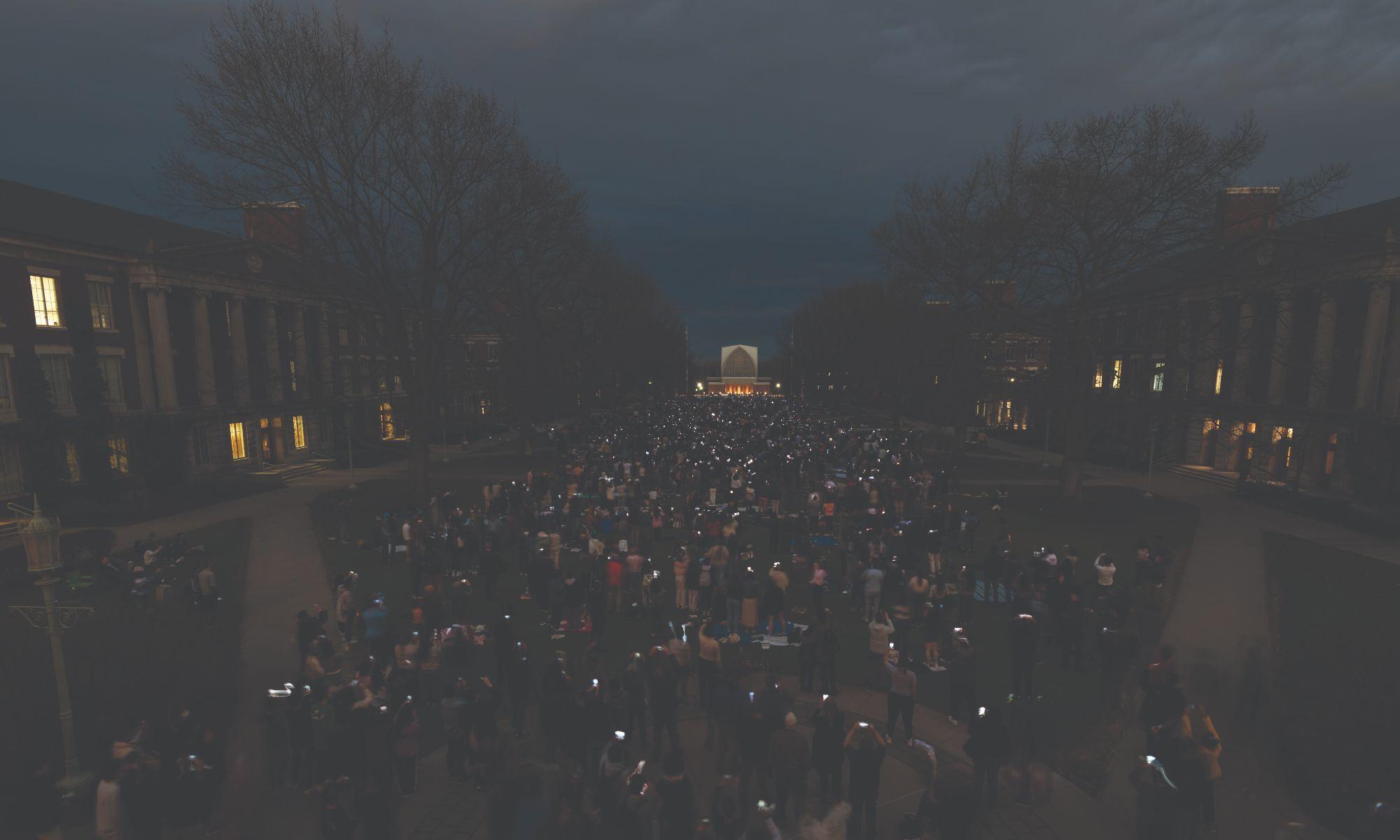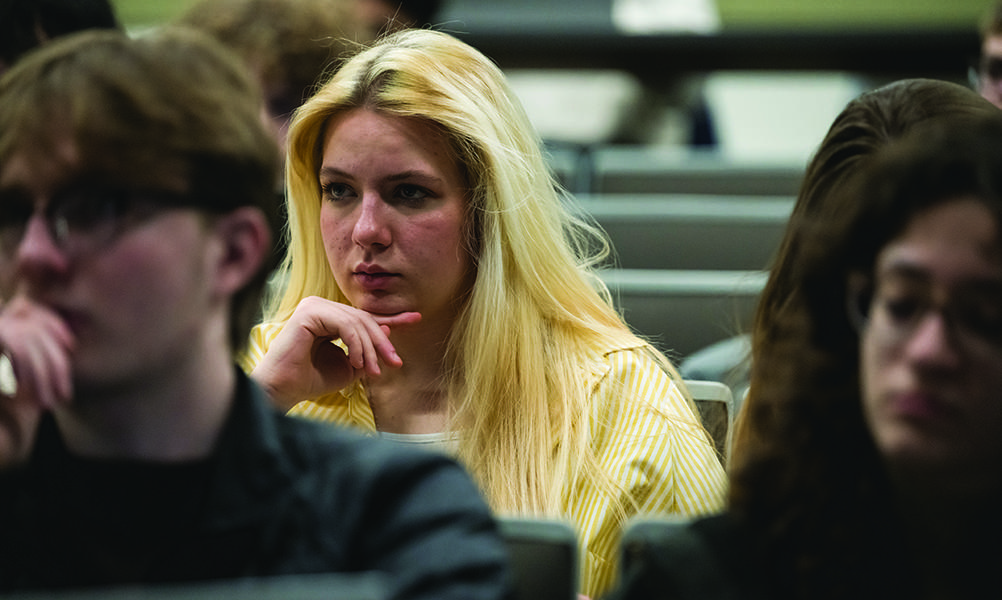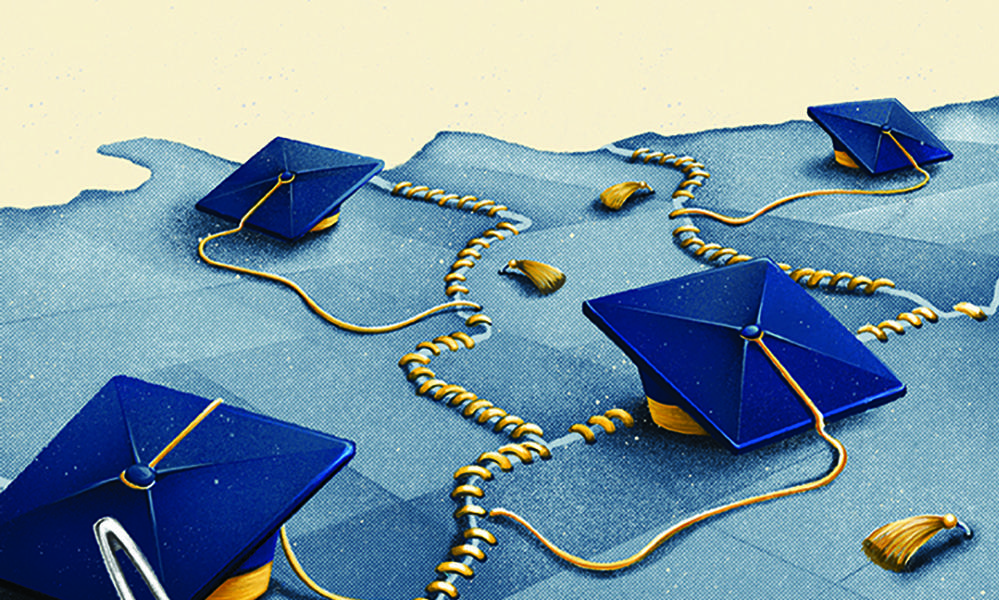Grace Stensland ’23, a sound designer and sound effects editor for animated films and TV, delights in odd noises.
The following interview has been edited and condensed. It first appeared in the spring 2024 issue of 澳门威尼斯人网上赌场审查, the magazine of the University of 罗彻斯特.
Grace Stensland ’23
家: 洛杉矶
Sound designer and sound effects editor, Sound Rebels
主要项目: Orion and the Dark, 少年泰坦!, My Dad the Bounty Hunter, 销售日落, 大内特.
罗彻斯特 class that comes in handy every day: “Sara Bickweat Penner’s The Actor’s Voice. I’ve done gasps, sighs, hissed 就像 a rat, and done guttural death screams in my office. So much of that class teaches you how to control your voice. I think about that class and I’m, 就像, ‘I can do this.’ ”
I got started in sound design during my second semester at 罗彻斯特, when I took sound design with Professor (Robert) LaVaque. On the first day, I remember my jaw just being on the floor. He showed us a session from the movie 阿甘 that broke down all the different layers of all the sounds that went into it. It was the coolest thing. I graduated with a major in film and media studies 辅修了 audio and music engineering.
Sound design exists in other fields as well, but for film or TV it means creating sound effects by recording, 合成, 编辑, and layering sounds together to amplify the story that’s happening on screen. Each movie or show requires its own set of sounds, 就像 a tonal palette that exists within that universe and that works to tell the story. I work in animation, where you start with a blank slate. Sound 编辑 is similar to video 编辑, except it’s only with audio elements. You’re taking the sound effects, and you’re mixing and matching them to create a soundscape or enhance the moment.
We use a lot of sound effects from sound libraries. And then we’ll also record our own sounds. A lot of the time, I’ll be at my desk recording objects from my prop collection. 然后 I’ll record them into my digital audio workstation and edit and layer things together.
My most recent project and my favorite to this day, is Orion and the Dark, a DreamWorks animated feature that came out on Netflix in February. There’s a character in it named Unexplained Noises. Her elbows and knees look 就像 bendy straws, and we had to make a sound for her joint movements. But a straw is not going to make a loud enough noise. I had some pop tube sensory toys that I once found at Target and was, 就像, “I’m going to use this sound someday.” You pull on them and, WROOP! We recorded them as the character was walking around. The design is so custom that we’d never find it in a library.
More recently, my team needed a sound to go with a character shaking their leg. They had to come up with just a little creak of the boot. Last summer I had found this beautiful-sounding piece of super-thick red leather at a thrift store for craft supplies. 玩弄它, they could make it squeak to record this rhythmic, hyperrealistic sound for a close-up foot shaking.
At 罗彻斯特 I just started recording things to make my own sound effects library. I have so many recordings from my time as a student that have made it into film and television. One of my first recordings was in the Spurrier Hall basement. In one of the practice rooms, there was a piano with a really squeaky hinge. I put that into a show. It had the perfect metal squeak.
Not every sound designer records their own sounds, but that’s my favorite part of the job. I know it’s been a fun day when my desk is an absolute mess of random objects. 录音磁带, 椰子壳, 长笛, 纸, 气球, stretch bands for exercising—I have all kinds of really weird stuff that you wouldn’t ever think, “Oh, I’m going to record this.” One of the challenging and fun parts of sound design is just walking around and being an active listener in the world—picking up on little things, hearing even the smallest of sounds and finding ways to make them larger than life.




